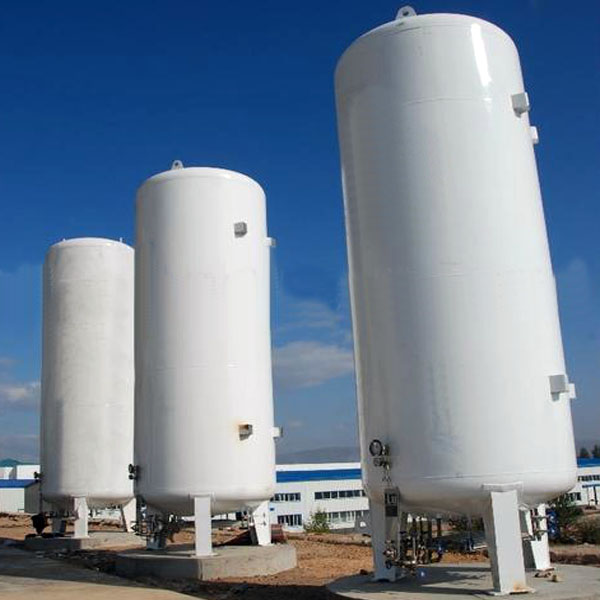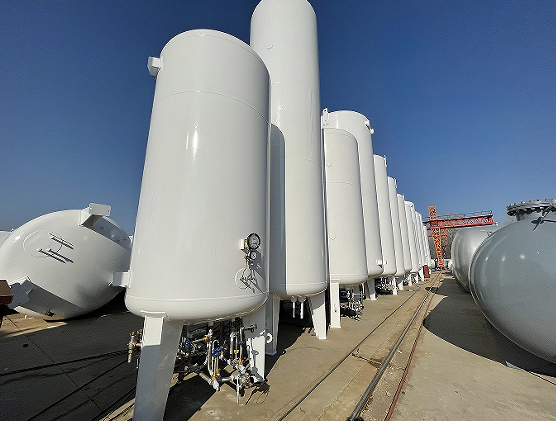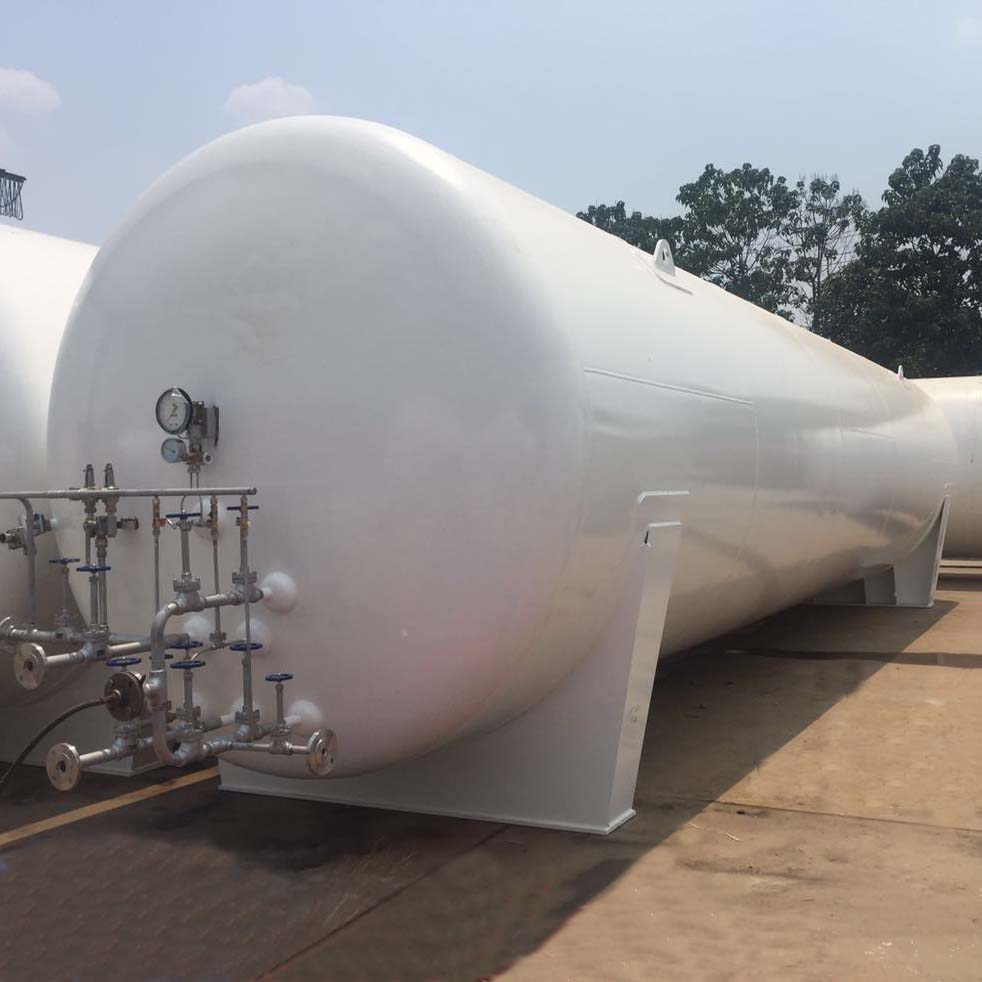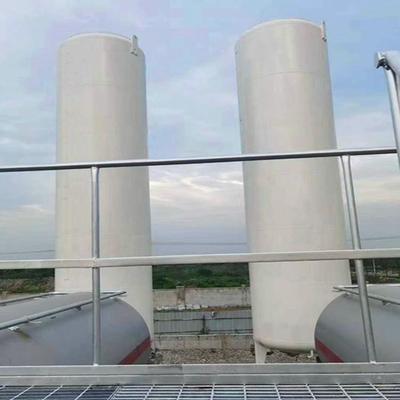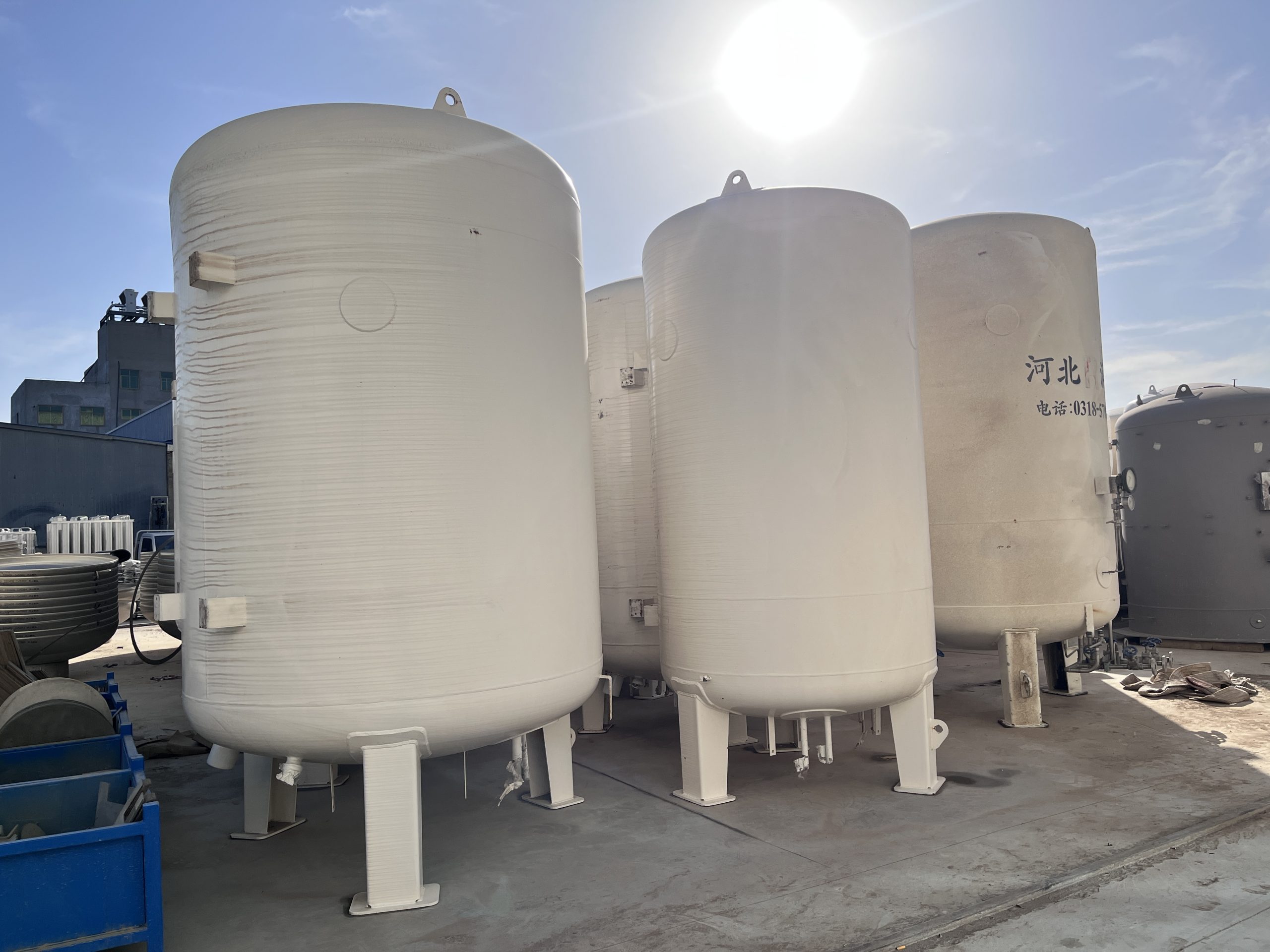Pressure detection of LNG storage tanks
On the basis of qualified inspection, fill the low-temperature natural gas storage tank with clean water, and exhaust all the gas trapped in the low-temperature natural gas storage tank.
Pressure detection of natural gas storage tanks
On the basis of qualified inspection, fill the low-temperature natural gas storage tank with clean water, and exhaust all the gas trapped in the low-temperature natural gas storage tank. At the same time, the surface of the low-temperature natural gas storage tank should be kept dry; after 4 to 6 hours, when the tank wall temperature is close to the water temperature, slowly increase the pressure to the design pressure, and continue to increase the pressure to the specified test pressure after confirming that there is no leakage. Maintain the pressure at this pressure for 10 minutes, and then reduce it to the design pressure; while maintaining the pressure, check all welds and connecting parts for leakage, and the pressure maintenance time shall not be less than 30 minutes. The pressure should remain unchanged during the inspection. When conducting a pressure test, there should be no less than 2 pressure gauges on the low-temperature natural gas storage tank, and they must have passed the inspection and the range is within the test pressure range. The reading difference between the two pressure gauges during the test should not be greater than 0.5%.

